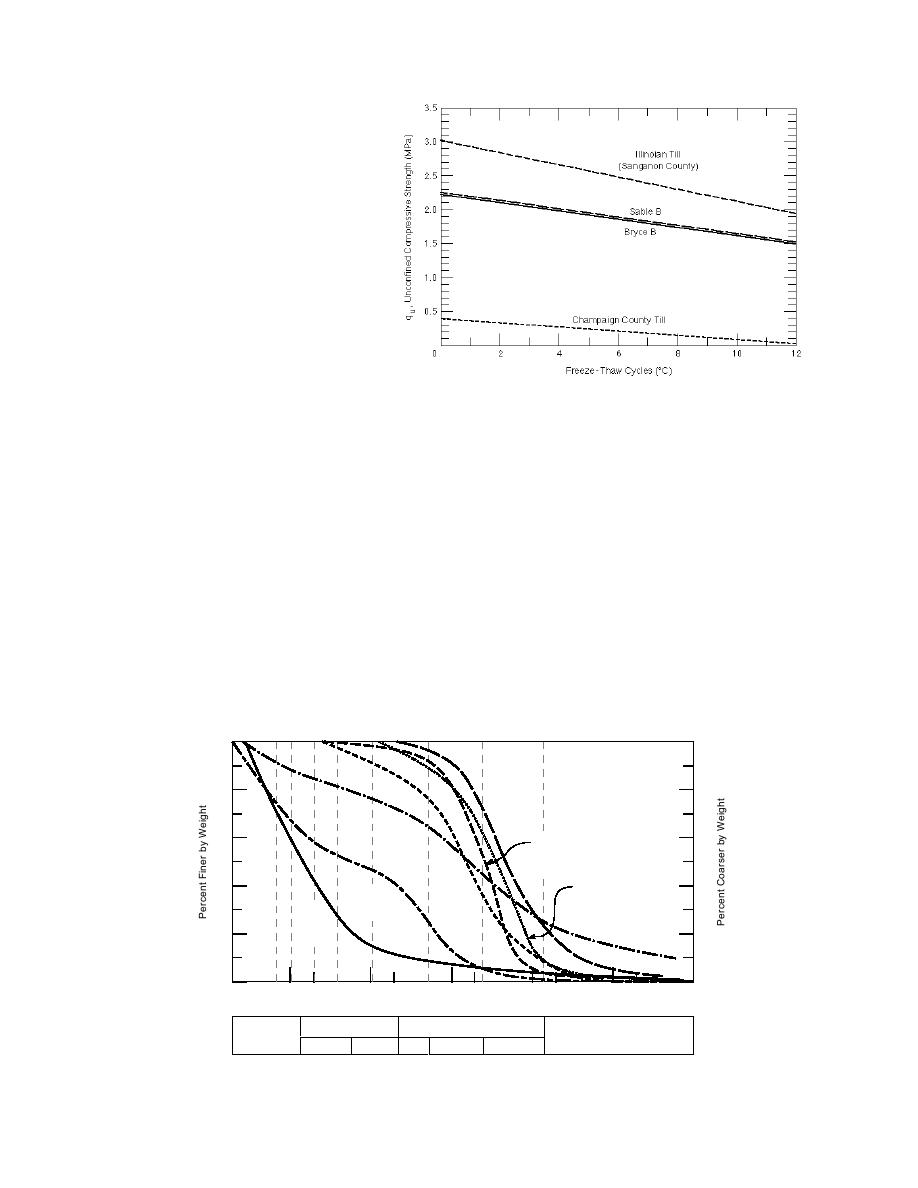
Figure 19. Influence of freezethaw cycles on
unconfined compressive strength of limesoil
mixtures (48-hour curing at 120F) (1 kip/in.2
= 6.89 MPa) (after Thompson 1969b).
cement (5, 10, 15%), compacted at the optimum
the material prior to freezing. The residual refers
to strength of the thawed specimens after the
moisture content and cured for 7 days. The CL-
ML and ML soils were compacted at 14% mois-
ASTM freezethaw test (D-560), i.e., after 12
ture content. The tests were conducted using
freezethaw cycles. The results indicate that the
Marshall-type cylindrical samples. Kettle and
strengths of most of the soils at 5% cement treat-
McCabe attempted to relate the results from the
ment are drastically reduced after 12 freezethaw
durability test (D-560, ASTM 1992c) to the resil-
cycles. At 15% cement level, most of the soils
ient modulus and tensile strength of the soil sub-
actually gained some strength.
jected to a number of freezethaw cycles. They
Brandl (1981) also reported results where low
found that the resilient modulus after three thaw
lime contents actually reduced the tensile
cycles was a good indicator of materials that
strength of the mixture. He attributed it to poor
failed the durability test.
cementing between the soil particles. The results
after freezethaw cycling (≤10% cement) indicate
A summary of the tensile strength and Mr is
either poor cementation or breaking of the soil
presented in Tables 16 and 17. The before-freeze
cement bonds. Poor cementation may not be the
data in Table 16 refer to the average strength of
U.S. Standard Sieve Numbers
Hydrometer
6" 4"
2"
1"
10
40
200
3/8"
100
0
80
20
Graves
Sand
60
40
Hart
Brothers
Sand
40
60
Ikalanian
Hyannis
Natural
Sand
Sand
Subgrade
Dense
Graded
Sibley
20
80
Stone
Till
100
0
100
10
1
0.1
0.01
0.001
Grain Size (mm)
Gravel
Sand
Cobbles
Silt or Clay
Coarse
Fine
C'rse
Medium
Fine
Figure 20. Grain size distributions of test soils and natural subgrade.
23



 Previous Page
Previous Page
